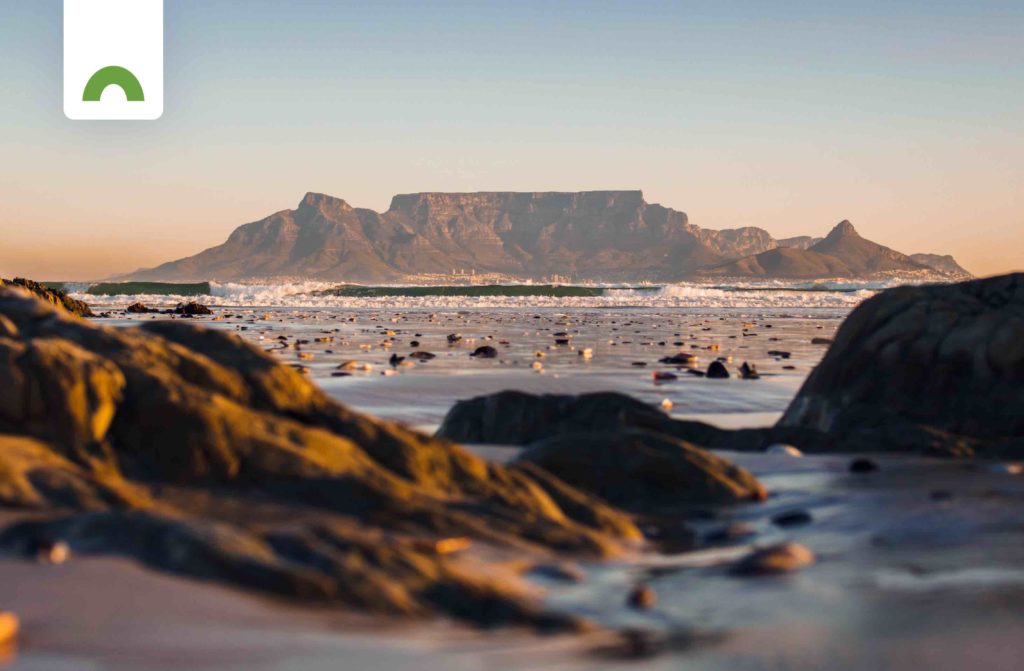Persuasive, visual content can speak volumes about your product offering.
Anyone considering travel wants to be persuaded to visit your destination and sample your experiences. A strategic choice of imagery can tell the story of a thousand words far more effectively, and help you market your travel products better.
Tap into the traveller’s psyche
There’s a familiar psychological condition that affects anyone wanting to buy something they know probably costs more than they should spend – it’s called Cognitive Dissonance. It adds an element of stress to the exercise of travel research, exacerbated by over-exposure to the same type of content. Your content choices need to be reassuring as much as they are aspirational, and show the traveller that yours is the right accommodation, activity or dining experience for them, and they deserve it.
Then there’s the sense that some destinations are better known than others, allowing you to play with whatever existing ideas are generally associated with them. In psychological terms this capitalises on a condition called Confirmation Bias, which draws primary attention to imagery that supports preconceptions. For instance, most people imagine the iconic beachfront promenades of Ipanema or Copacabana when they think of Rio de Janeiro, or green layers of rice paddy fields when they think of Vietnam. You can use this type of association to establish your brand as trustworthy, current and on-trend.
Rich, visual travel imagery can go a long way to alleviating the pains of travel research, and confirming the expectations your target customers might have of the type of experiences on offer in your destination.
Show, don’t tell.
Your target customers want to see what they can expect. They don’t want to read long reams of text about it. Showing them will prove more effective than telling them bits and pieces. Two important things to remember:
- Your audience does not want to spend hours trawling the Internet for reliable information about your products or destination.
- Your product does not exist in isolation – it’s the portal to a destination and your storytelling should reflect that.
The extra stuff, if it’s the sort of content that lives outside of your actual product/service, is no longer extra – it’s expected – and you should provide it on your site, for free as part of your value-add. This includes info on things like: local attractions or events, tourist sites, recommendations from locals; reviews from other travellers; even evidence of your own staff experiencing your products (walk the talk, so to speak).
You want your audience to engage with your content; so, give them imagery that resonates with them. If something catches their eye, they can zoom in on that piece of content, click on relevant links, pictures, videos, and virtual tours to take an in-depth look. First it attracts, then it guides them to interact with content that matches their interest sand skip what doesn’t interest them. The result is a superior travel buying experience that eliminates time-wasting.
The 8-second attention span
That’s how long you have to grab the consumer’s attention. Best keep your visual to text ratio at 80:20!
Don’t write essays about the statues in your garden, the history of everything, the background music playing in your vehicle, the bar menu – mention it briefly if it’s a crucial component of the product offering. Set aside a space for those fast facts, and wordsmith the descriptions of whatever makes your experience so memorable and life-changing. Use simple language. Studies on the subject place average English reading skills at Grade 7 level. Also, your customer’s time is short – they want summarised, snackable content with the option to delve deeper.
If you don’t want your target audience to scan your content and drop off, keep your text short, sharp, to the point, and let your imagery help you tell the story. Fewer words and more pictures will be far more inviting to your audience.
Visual click bait
Some pics just work better than others, because they appeal to human emotion. The study of photography recommends unimpeded views of sweeping, dramatic landscapes, as well as faces and body language directing the viewer’s attention somewhere spectacular in the picture.
Psychology teaches us that colours can reinforce marketing themes: yellow for fun, energetic activities; purple for opulence and luxury, and so on. Call to Action buttons in red will attract more impulse clicks while blue earns its share of clicks for being dependable and safe. Good photography can also paint colourful portraits of sultry sunsets, shimmering lakes, or plush furnishings, that are atmospheric and dramatic.
Humans are visually stimulated, wired to believe what we see and hear. A virtual tour or 360° image of your premises or a video of your activity takes your audience as close to your experience as they can get without actually being there. Use professional footage to simulate an in-person experience or it can be voyeuristic depending on the position of the camera. You could have a videographer with a strap-on camera going through your experience – the result puts the viewer in the story, in the picture.
Repurpose your video content on social media for maximum impact! Or improvise with your own smartphone and keep costs low. Short Snapchat styled videos work well among millennials – the less polish, the more real it seems. Improvisational style videos tend to include real people as opposed to actors/models, with minimal scripting. It’s attractive because it’s informal, usually lighthearted and authentic.
Visually rich imagery brings your product offering to life and helps to market your experience in a way that stimulates and entertains. Get ready for some seduction, because travellers are waiting to be wooed.


Would you like to share your thoughts?
Your email address will not be published. Required fields are marked *